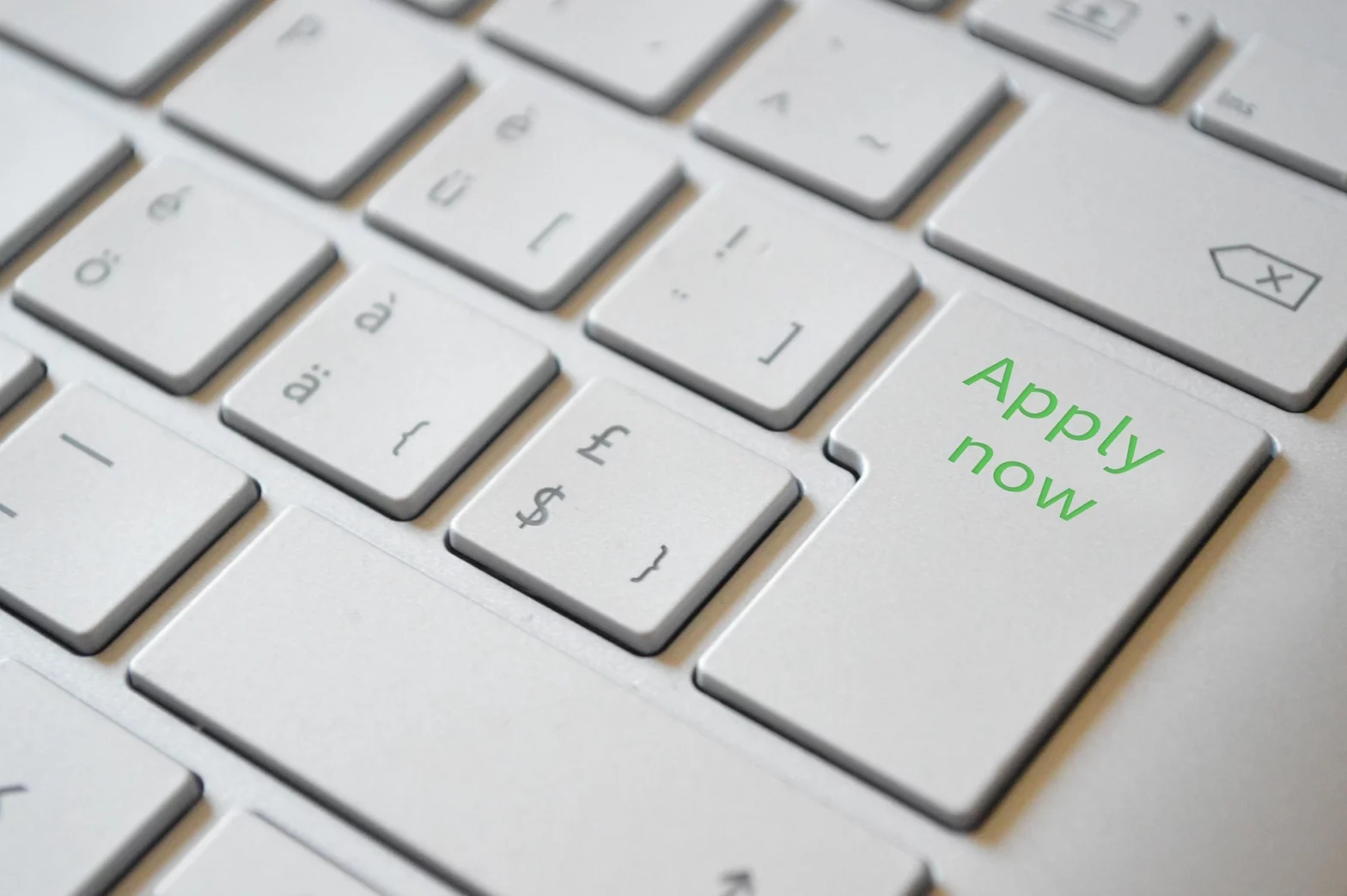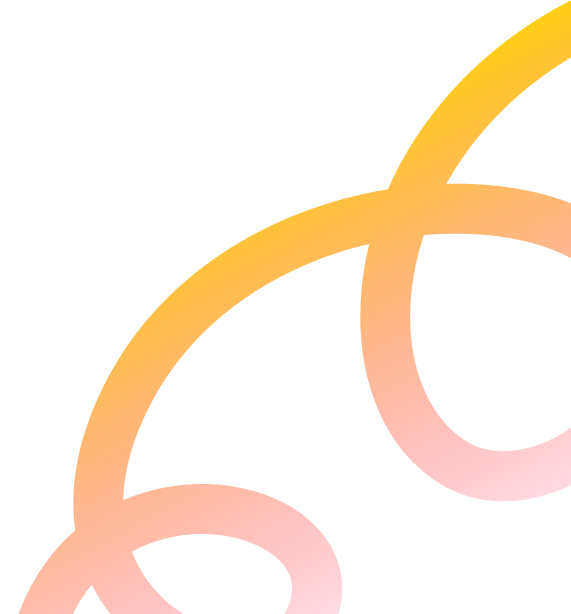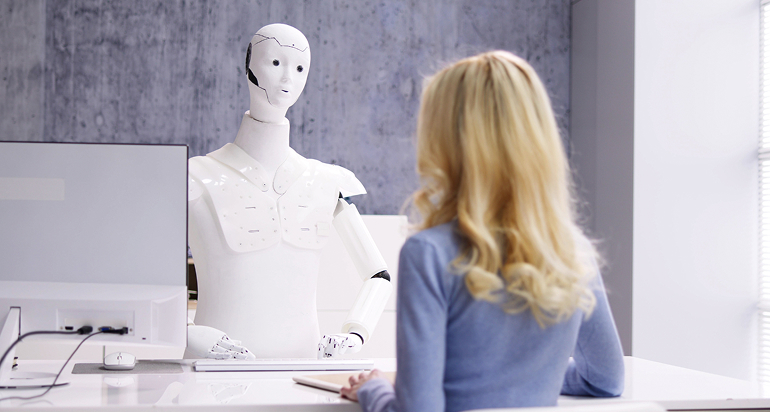
Artificial Intelligence in HR: How to Stay Human While Staying Ahead
Human resource management is, at its core, about humans. HR professionals work to understand their needs, nurture their potential, and build meaningful connections. Putting artificial intelligence in HR sounds like a contradiction at best, a threat to empathy and authenticity at worst.
After all, how can machines replicate intuition, emotional intelligence, or lived experience? However, artificial intelligence is here to stay. It’s already reshaping key HR processes, revolutionizing HR departments, and driving new trends in hiring and talent management.
The question now is how to use artificial intelligence in HR without sacrificing the human element. Can technology and humanity coexist in a way that enhances employee experience and organizational performance? Let’s find out!
| Artificial Intelligence in HR |
The Role of Artificial Intelligence in HR
The hiring process seems fairly simple:
- Applicants send in resumes,
- HR teams review them and schedule interviews,
- Then, hiring managers make decisions after a few meetings or assessments.
However, it takes a lot of time and energy behind the scenes. Much of early hiring relied on human judgment and time-consuming administrative work. Managing paper files, manually tracking candidates, and juggling calendars made up the backbone of HR functions, often leading to delays, inconsistencies, and overlooked talent.
Using AI tools for HR is meant to eliminate inefficiencies and streamline workflows. It’s designed to ease repetitive HR tasks like resume screening, candidate sourcing, and interview scheduling. In theory, AI in HR is supposed to give HR teams more leeway to do people-focused work more effectively.
Based on data, HR managers and business leaders believe AI technology has real potential to boost productivity and hiring outcomes.
| Artificial Intelligence in HR: The Current Landscape | |
|
It’s clear that AI in HR is gaining traction, and it’s not just a passing trend. Still, it’s not without friction. Human resources professionals learning how to use artificial intelligence in HR face the risk of over-automation, where tools make decisions without enough human oversight. When left unchecked, this can threaten fairness, trust, and authenticity in the hiring process.
Learn more: HR & Company Culture Trends
What Are the Risks of Over-Automation in Recruitment?
Over-automation in recruitment carries risks of:
Loss of Human Judgment
When AI takes over too many aspects of the recruitment process, it costs you the nuanced human judgment crucial for assessing candidates. AI systems often focus on keywords and specific criteria. They can’t pick up on soft skills, cultural fit, or growth potential the way a human can.
Overreliance on artificial intelligence in HR can lead to a rigid screening process that’s likely to filter out great candidates just because they don’t check every keyword. Instead of helping recruit innovative unicorns, over-automation narrows your pool (and potential) by focusing too much on what’s on paper.
| Action Step: Use AI for first-pass screening only. Always have human HR managers review candidates flagged as borderline to catch high-potential outliers. |
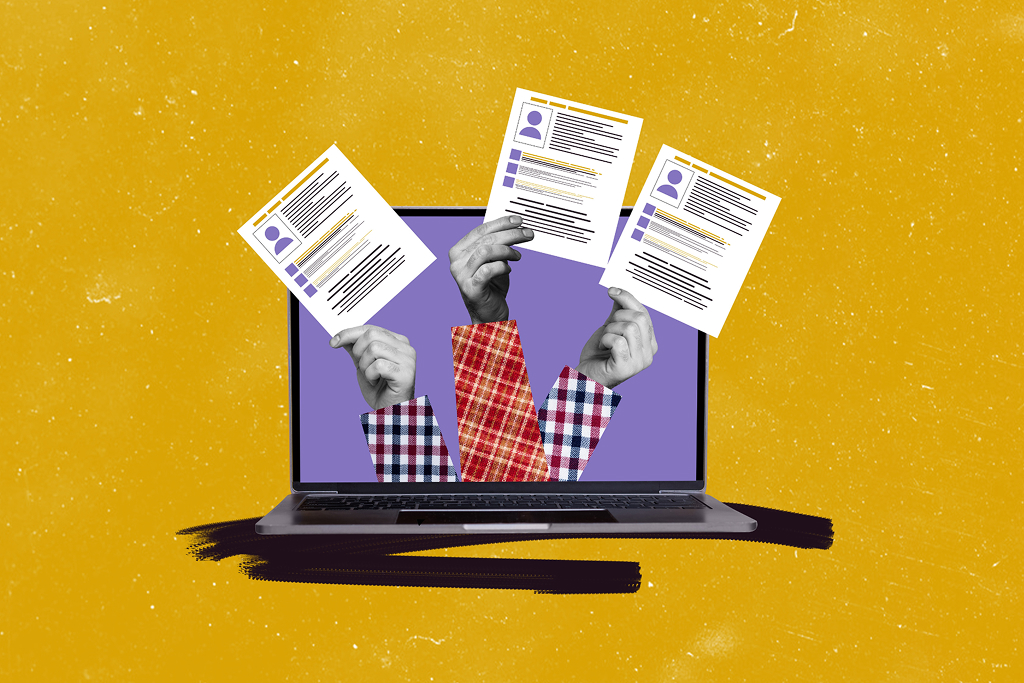
Image Source: Shutterstock
Unintended Bias
One of the major reasons for AI adoption in talent management is to reduce bias, but ironically, these tools can sometimes reinforce it. AI technology is only as good as the data fed into it. If that data contains biased hiring patterns (i.e., underrepresentation of certain groups or favoring specific backgrounds), the algorithm is likely to replicate them.
This type of AI-driven talent acquisition without human insight can lead to systemic discrimination, which brings us to our next point.
| Action Step: Partner with vendors who prioritize ethical, explainable AI and allow you to review how decisions are made. |
Loss of Diversity
Workplace diversity is necessary for innovation, better decision-making, and stronger business performance. When AI models are built on limited data sets—or reflect the unconscious biases of their developers—they can exhibit discriminatory hiring practices related to gender, race, appearance, and even personality traits.
These biases don’t only impact who gets hired. They also influence key HR functions like performance management, promotions, and access to training opportunities.
| Action Step: Only use or develop AI models with intentionally diverse datasets. If possible, partner with DEI (Diversity, Equity, and Inclusion) consultants to assess your AI tools and processes. |
Related: Diversity and Inclusion Best Workplace Practices
Reduced Candidate & Employee Experience
Too much artificial intelligence in HR can erode the quality of both candidate and employee experiences. Around 13% of HR teams already use machine learning applications, chatbots, and virtual assistants to manage candidate interactions and internal workflows. What does that mean for candidates?
When job seekers receive automated updates and templated responses, it can feel cold and impersonal, especially during a process as human as applying for a job. Building engagement down the line then becomes tough.
People want to feel seen, heard, and supported—not just processed. Using AI tools in HR without balancing human interaction devalues candidates and employees, hindering you from building meaningful connections and a positive workplace culture.
| Action Step: Design your recruitment process so candidates always have opportunities for human interaction at critical moments. Use personalization wherever possible! |

Image Source: Shutterstock
Data Privacy & Security Concerns
Learning how to use artificial intelligence in HR also comes with significant privacy and security risks. Employee data is sensitive business, and using AI tools in HR puts it at risk of being mishandled, breached, or misused.
If confidential employee information falls into the wrong hands, it can:
- damage your company’s reputation,
- result in legal consequences,
- erode employee trust, and
- compromise decision-making.
| Action Step: Choose AI vendors with strong data protection protocols and compliance certifications. We also recommend implementing internal security policies and training HR teams to manage and protect sensitive data. |
Related: Cybersecurity Guide for Remote Employees
Legal Issues
Speaking of legal consequences, artificial intelligence in HR can open your organization to potential lawsuits. Laws like the General Data Protection Regulation (GDPR) in the European Union (EU) prohibit automated decision-making in employment, and many local jurisdictions are following suit.
The unpredictability of generative AI tools and the “black-box” nature of some vendors make it difficult to trace how decisions are made, which raises concerns for fairness and transparency. Using generative AI capabilities to draft job descriptions is relatively low-risk. But applying it to interviews, evaluations, or promotions—without human oversight—raises red flags.
| Action Step: To stay on the right side of the law (and your people), make sure you understand what’s legally allowed in your region—and build human checks in decisions that affect hiring, compensation, and advancement. |
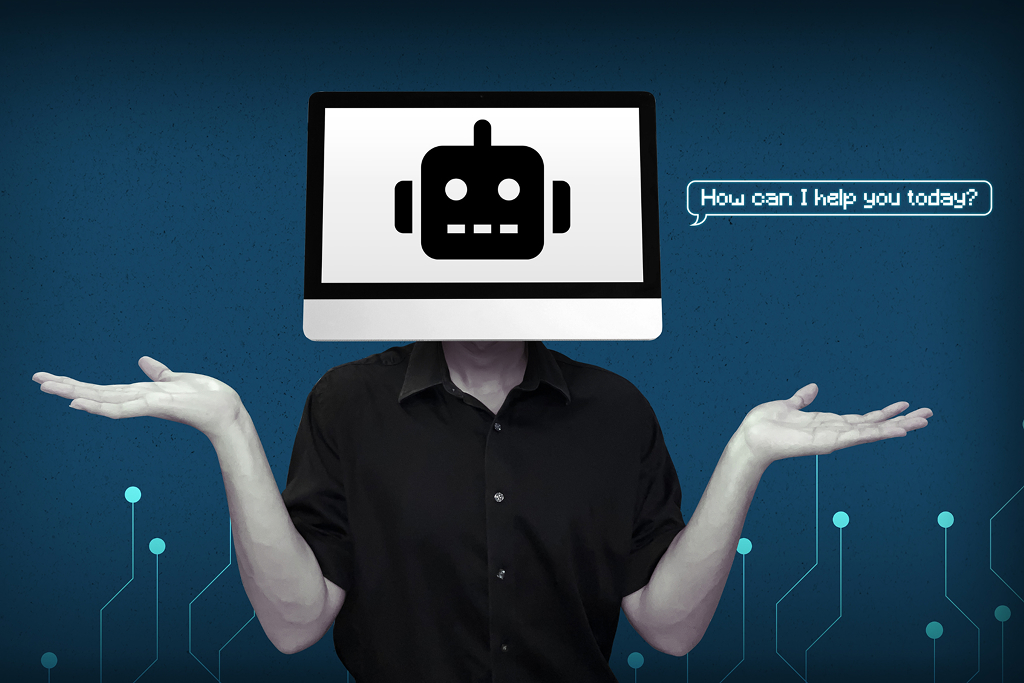
Image Source: Shutterstock
How to Use Artificial Intelligence in HR
The most successful organizations use technology to scale human connection, not replace it. But is balancing technology and humanity in hiring even possible?
Here are a few strategies to help you maintain empathy, brand personality, and DEI integrity in AI-augmented hiring pipelines:
Augment, Don’t Replace
There’s a major concern over job displacement in HR roles due to the rise of AI automation, but right now, we’re seeing it impact tasks more than actual jobs. Instead of over-automating, smart companies use AI to handle routine tasks while leaving humans with high-impact work. This will help you maintain your human-centered employer branding.
| Where to Use AI | Where to Use Humans | |
|
|
|
Bonus Tip: Even when automating administrative tasks, always keep a human in the loop to review, guide, and adjust. AI solutions should support—not replace—good judgment.
Choose Your Partners Wisely
When it comes to employees, you dig deep, ask hard questions, and only work with those who meet your standards. The same goes for AI-powered tools.
Treat your AI vendors like you would your employees: expect transparency, accountability, and ethical practices. Look for partners who are upfront about how their tools work, how they handle sensitive data, and what safeguards they’ve built to ensure fairness. Ask about their:
- training data,
- audit processes,
- strategies to prevent bias, and
- human involvement in reviewing AI-generated decisions.
This is especially important if you’re fostering a human-centered employer branding strategy. You’ll want to ensure your vendors align with your company’s values of diversity, fairness, and inclusion.
Build an Ethical AI Framework
Implementing AI responsibly doesn’t stop at choosing the right tools and vendors. You’ll also want to ensure that every step of your deployment process aligns with your company’s ethical standards. To do so, an ethical AI framework is a must.
Here’s how to use artificial intelligence in HR ethically:
- Set clear ethical guidelines that outline how AI should be used in your organization and to what extent.
- Create a cross-functional oversight team with HR, legal, DEI, and data science representatives to regularly review the impact of AI-driven talent acquisition.
- Continuously assess the results of AI-driven decisions to ensure fairness and identify any unintended biases or discrepancies.
- Conduct regular third-party audits to ensure your AI systems comply with ethical standards and are free from bias or harmful practices.
- Develop transparent policies to communicate how your team uses AI tools, how you make decisions, and how you handle data.
- Train and upskill your HR teams on how to interpret AI outputs responsibly, when to override algorithmic recommendations, and how to ensure fairness in decision-making.

Image Source: Shutterstock
The Human-Centered Employer Branding Playbook
One of the obstacles preventing businesses and organizations from taking advantage of artificial intelligence for HR is the fear of losing their human touch. After all, balancing technology and humanity in hiring is no walk in the park.
One wrong move, and you can say goodbye to employee engagement and satisfaction. So, how can you maintain your “people-first” edge while enjoying the key benefits AI brings to recruitment? Here are some dos and don’ts to follow:
| Dos | Don’ts | |
|
|
|
Learn more: How to Build an Employer Brand
Tap Into AI-Enhanced & Human-Focused Talent Acquisition
Using artificial intelligence in HR may seem like a choice between efficiency and empathy, but with Ad Culture, you don’t have to compromise. As a boutique recruitment agency specializing in advertising and marketing, we know that creativity and innovation thrive on human connection.
We use technology to streamline and accelerate the recruitment process, but we never forget that the best talent is driven by passion and culture fit. Our AI-enhanced and human-first approach connects you with professionals who possess not only the skills but also the passion to elevate your brand.
Ready to build a smarter, more human hiring strategy? Contact us today!

